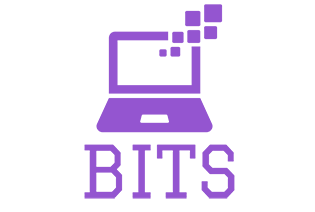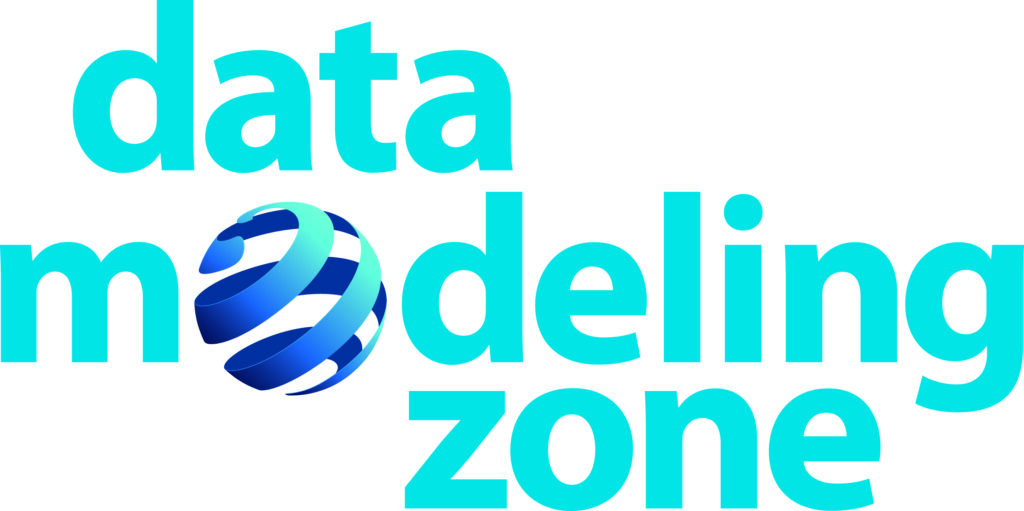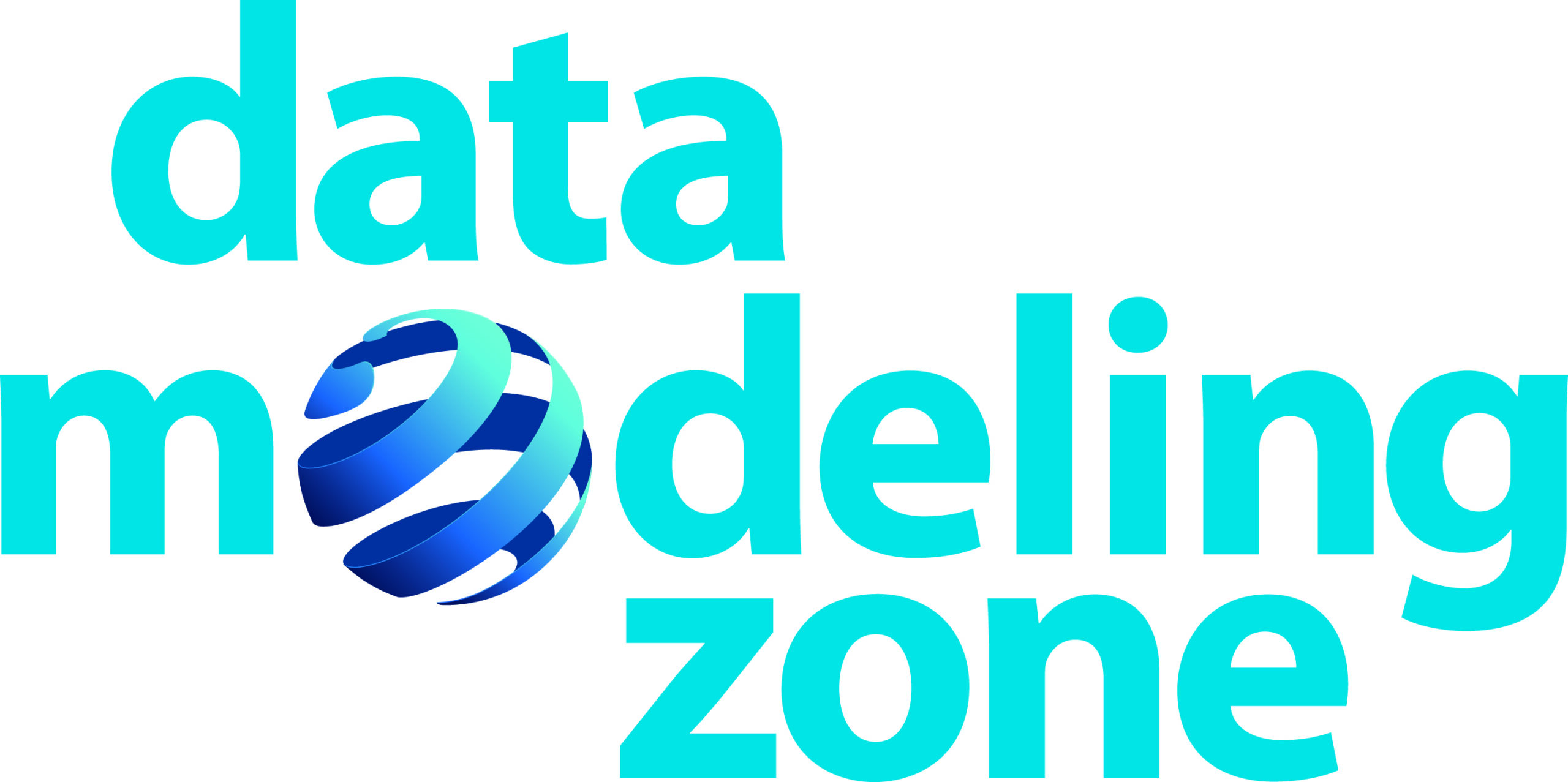GET TO KNOW ABOUT “DATA MODELING”
Data modelling, at its most basic level, is the process of visualising and representing data in preparation for storage in a data warehouse. The model is a representation of the data, data relationships, and rules in a conceptual form. Data and its relationships can be represented using diagrams, symbols, or text in the modelling process. Because of the structure that data modelling imposes on data, the process improves data analytics while also increasing uniformity in nomenclature, rules, semantics, and security.
Simply put, data modelling is the process of storing data structurally in a database format. Data modelling is significant because it allows businesses to make data-driven decisions and achieve a variety of objectives. However, the entire process of data modelling is not as simple as it appears. You must gain a deeper grasp of an organisation’s structure before proposing a solution that is aligned with its end-goals and sufficient in delivering the intended outcomes.
Standardised sachems and formal procedures are used in data modelling. This creates a standardised, consistent, and repeatable method of defining and managing data resources across a business, or even further. Data models should, in theory, be live documents that change as business needs change. They are crucial in supporting business processes as well as developing IT architecture and strategy. Vendors, partners, and/or industry peers can all benefit from data models.
WHY DO WE NEED DATA MODELING?
The fundamental purpose of adopting a data model is to ensure that all of the database’s data objects are appropriately represented. The omission of data will result in defective reporting and inaccurate outcomes. A data model aids in the conceptual, physical, and logical architecture of a database. The relational tables, primary and foreign keys, and stored procedures are all defined by the Data Model framework. It gives database developers a clear image of the basic data and can be utilised to design a physical database. It can also be used to find data that is missing or redundant. Though the initial design of a data model is labour-intensive and time-consuming, it will benefit your IT infrastructure in the long term.
BENEFITS OF MODELING:
Data modelling is a crucial phase in the development of any complicated software. It aids developers in comprehending the domain and properly organising their work.
⦁ Enhanced Quality: Data should be considered before designing an app, just as architects analyse blueprints before constructing a structure. On average, 70 percent of software development projects fail, and premature coding is a key cause of failure. A data model aids in the definition of the problem, allowing you to explore many techniques and select the optimal one.
⦁ Faster performance: Database optimisation is made easier with a good model. A well-built database will often run quickly, frequently faster than expected. The principles in a data model must be clear and consistent in order to achieve best performance. The model must then be translated into a database design using the correct principles.
⦁ COST: Data models enable you to construct apps at a lesser cost. Data modelling often takes less than 5%-10% of a project’s budget, and it can help to lower the 65-75 percent of a project’s budget that is usually allocated to programming. Data modelling identifies errors and omissions early on, when they are easiest to correct. This is preferable to repairing problems after the software is written or –
⦁ APPLICATION ERRORS: A data model encourages users to clearly identify concepts and resolve uncertainty, resulting in fewer application problems. As a result, the creation of an application begins with a clear vision. Developers can still make minor errors while writing application code, but they are less likely to commit deep, difficult-to-correct problems.
⦁ DATA ERRORS: Data errors are worse than application faults, thus there are less of them. It’s one thing for a programme to crash and require a restart. It’s one thing to have data in a massive database that has been corrupted. A data model not only enhances an application’s conceptual quality, but it also allows you to take advantage of database capabilities that increase data quality.
If you are still not sure about how to do this, their team of “Computer Repair Onsite (CROS)”will always be there for us and also to resolve Contacting them is easy from their website here.

TYPES OF DATA MODELING:
Database and information system design, like any other design process, starts with a high level of abstraction and gradually gets more concrete and specific. Data models are classified into many types based on the level of abstraction they provide.
The following sections go through each type of data model in further depth:
⦁ Conceptual data model: The term “conceptual data model” refers to a visual depiction of database ideas and their interactions. A conceptual data model typically does not include database details, instead focusing on building entities, entity features, and relationships between them. These data models are aimed towards a corporate audience, particularly critical stakeholders.
⦁ Hierarchical model: This data model uses hierarchy to organise data in a tree-like style, as the name implies. In a hierarchical database, however, retrieving and accessing data is challenging. This is why it is no longer often used.
⦁ Relational model: data is represented in the form of tables in the relational model, which was proposed as an alternative to the hierarchical model by an IBM researcher. It simplifies the process and provides a clear picture of the facts.
⦁ Network model: the hierarchical model is the inspiration for the network model. Unlike the hierarchical model, however, because each record can be linked to several parent records, this form makes it easier to explain complicated relationships.
⦁ Physical data model: For database-specific modelling, a physical data model is utilised. A physical model, like a logical model, is used for a single project but can be combined with other physical models to provide a more comprehensive view. Column keys, restrictions, and main and foreign keys are all discussed in greater depth in the model. In this model, the columns will have accurate types and attributes, and the data should be normalised as well. The internal schema is designed using a physical model.
⦁ Logical data model: After conceptual data modelling, a logical data model is frequently the following step. This data model also establishes the structure of the data entities as well as their relationships. Each data entity’s properties are well defined. A logical data model is typically utilised for a given project because the structure has special requirements. To have a deeper grasp of the scope, the model can still be merged into other logical models. The normalisation procedure is done to 3NF for this level of data modelling, but no secondary or primary keys are required.
Advantages and Disadvantages of Data Modeling:
Advantages:
a. The primary purpose of a developing data model is to ensure that the functional team’s data items are appropriately represented.
b. The data model should be sufficiently detailed to be employed in the construction of the physical database.
c. Table relationships, primary and foreign keys, and stored procedures can all be defined using the data model’s metadata.
d. Data modelling aids internal and cross-organisational communication.
e. In the ETL process, a data model aids in the documentation of data mappings.
f. Assist in identifying the relevant data sources to populate the model.
Disadvantages:
a. To create a data model, one must first understand the physical features of the data being stored.
b. This is a navigational system that develops and manages complex applications. As a result, it necessitates an understanding of biographical facts.
c. Even minor changes in structure necessitate a complete rewrite of the application.
d. In DBMS, there is no standard data manipulation language.
DATA MODELING TOOLS:
There are many tools that we can use for the data modeling some of them are,
1) Whatagraph
2) Xplenty
3) ER/Studio
4) PowerDesigner
5) Erwin Data Modeler
6) Oracle SQL Developer Data Modeler
7) Archi
8) SQL DBM
9) Database Deployment Manager
10) Sparx Systems Enterprise Architect
11) MySQL Workbench
12) IBM InfoSphere Data Architect
All these tools can be found in one of the top most shopped website by all the people in Melbourne i.e. “X-tech buy” just by searching them on there customer friendly website, https://www.xtechbuy.com/

Conclusion:
This blog covers some of the most important aspects of Data Modeling, such as types of modelling from the Conceptual to Physical levels, and many others. When modelling an application and a database in the same environment, there are additional benefits such as traceability between application and data modelling, synchronisation between application design, data model design, and final implementation, and model reuse when starting new designs.

“Benchmark it services” provides linked modelling, development, and deployment for both the database and the system code, whether you need to model and manage complicated designs and view data structures, or build and deploy different data systems. Furthermore, all data-related issues can be resolved here. Their website, https://www.benchmarkitservices.com.au.


